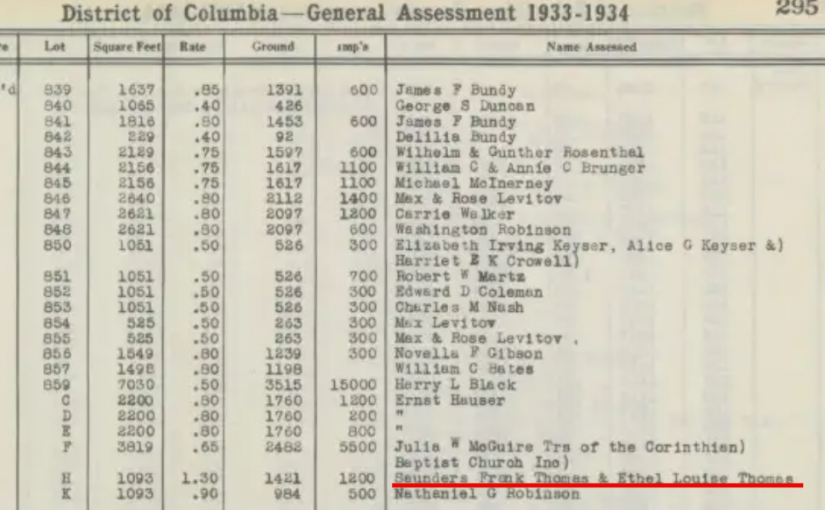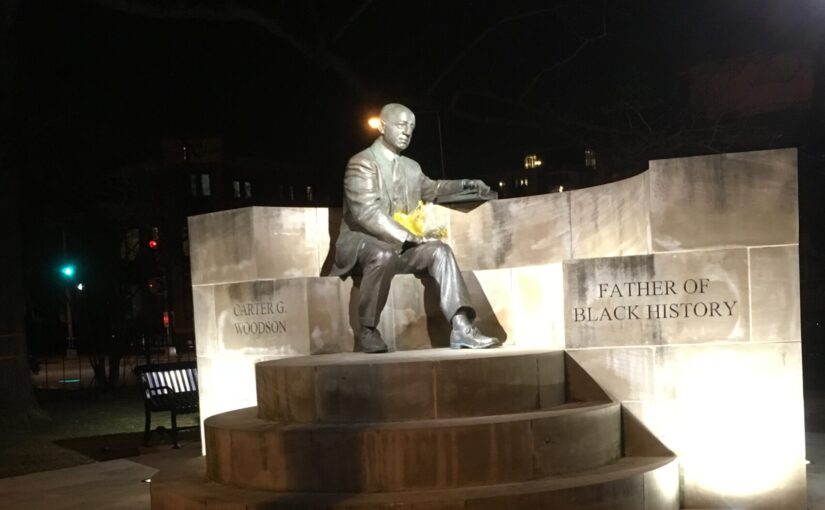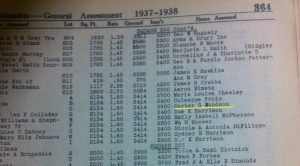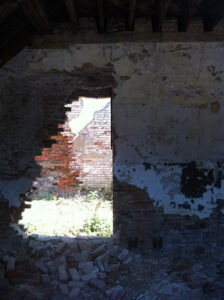According to the 1900 census James S. Boswell was an African American policeman who lived at 219 Q/Que Street NW with his wife Hattie. It was just them. But in that same structure/address were 2 other households, one headed by a widow Tina Jones (Mrs. Benjamin Jones), and other with Leroy Jackson and his wife, along with several boarders.
At first glance the other residents of 219 Q St NW seem unrelated. But looking at James and Hattie, I found that he married Hattie Shelton in May of 1892 in Washington DC at the 3rd Baptist Church on 5th St. The spinster sisters of the widowed head of the 2nd family at 219 Q were Phyllis and Hester Shelton. This leads me to believe that these were James’ sister-in-laws living under his roof, but in a separate unit. The 3rd household, the only connection is a 4 year old Lillian Boswell listed as one of the several minor children, with different surnames, living with Mr. Jackson who are listed a boarders.
But that’s not the tragedy.
Fast forward to the 1910 census and the Jacksons are gone, but the then 4 year old Lillian Boswell is now a 14 year old Lillian Jones, having been adopted by the widow Tina Jones. Not a tragedy, but a blessing. The Widow Jones adopted another girl, an 8 year old named Ruby. The Shelton sisters were still there along with a 20 year old nephew, Robert Jones.
So what’s the tragedy?
You have to learn about Hattie and James for that. They were both born in 1866, James in Virginia and Hattie in DC. As I mentioned, they married in 1892. James was a laborer, like so many Black men at this time. Yet, in 1895, he became a policeman with the Washington, DC police force. Shy of 10 years on the force he was promoted to Class 2…. whatever that means, in 1904. In his record there are citizen complaints against him. I should write another post just on the complaints. One could say they were racial, in nature, as the complainants were white and they did bring up then Pvt. Boswell’s color. But that wasn’t the tragedy. The tragedy was in 1912 when Ofc. Boswell was diagnosed with stomach cancer. His doctor, Dr. W. Thompson Burch, spouse of the suffragette, wrote that Boswell contracted the disease in the line of duty. He retired June 29, 1912 with a monthly pension of $50 a month. He died July 9th, a week or so later.
It’s sad, but that’d not the tragedy.
After his death, Hattie had to petition for a widow’s pension. Her physician, Dr. Simeon Carson, at the Freedmen’s Hospital informed the MPD that she was forced to get back on her feet, after 14 months of bedrest, due to the death of her husband. When she appeared before the pension board on August 7th, she was in no shape to have been going anywhere. And before she could collect on her husband’s pension, she died that same month. And that’s a tragedy.
James and Hattie Boswell, born 1866, died 1912.







